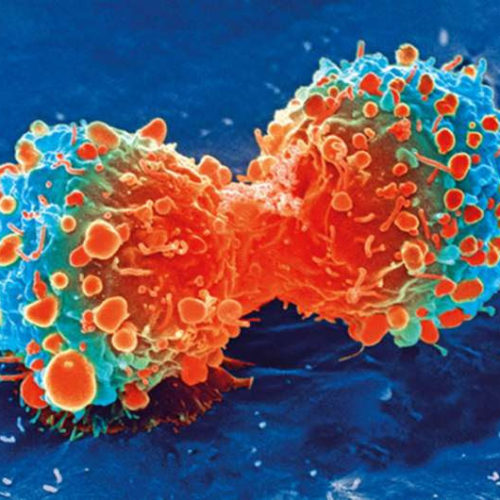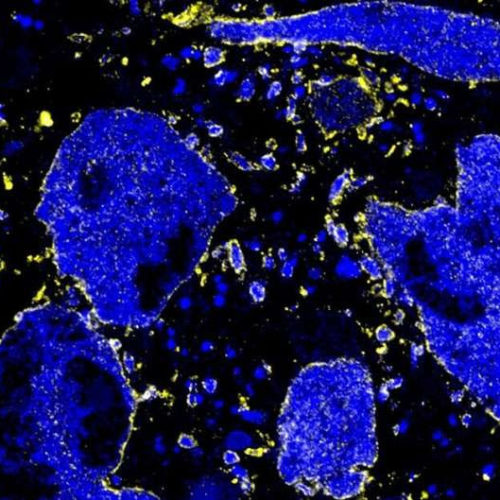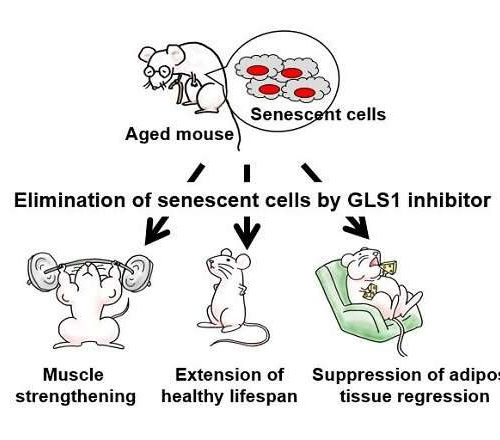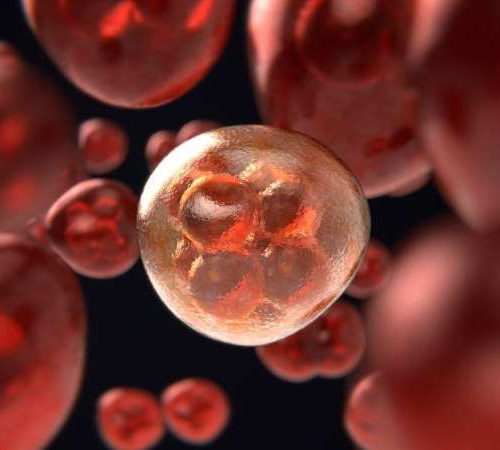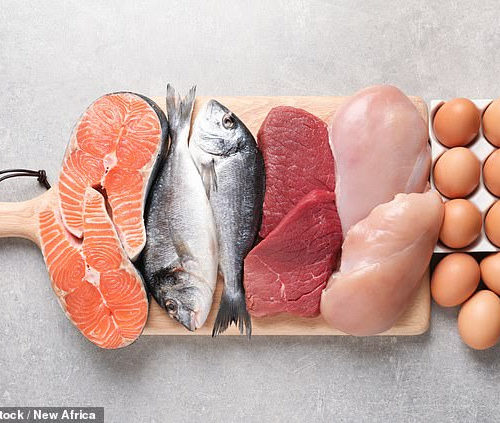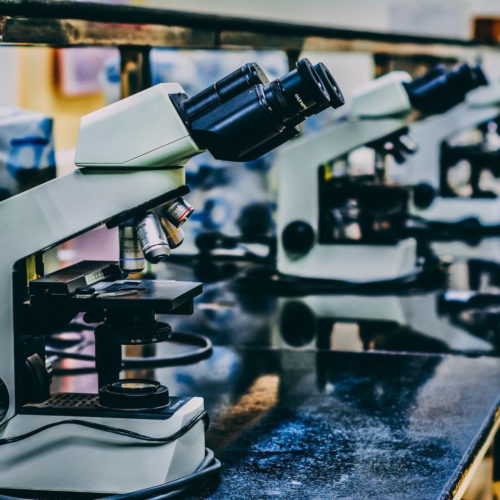by Thomas Jefferson University Cancer cell during cell division. Credit: National Institutes of Health Our biological or circadian clock synchronizes all our bodily processes to the natural rhythms of light and dark. It’s no wonder then that disrupting the clock can wreak havoc on our body. In fact, studies have shown that when circadian rhythms are...
Year: <span>2021</span>
New Alzheimer’s research could inspire better treatments and earlier diagnosis
by University of Portsmouth Microscopic image of human locus coeruleus nerve cells, pseudo-coloured in blue, expressing the GABA-A alpha 3 receptor, pseudo-coloured in yellow. Note how the signal for the alpha 3 receptors almost completely cover the LC cells, indicating how important this protein is to controlling LC activity. The study found that Alzheimer’s pathology impairs...
Inhibiting KGA-dependent glutaminolysis in mice found to eliminate senescent cells
by Bob Yirka , Medical Xpress Credit: University of Tokyo A team of researchers affiliated with a host of institutions across Japan has found that inhibiting kidney-type glutaminase-dependent glutaminolysis in mice can lead to elimination of senescent cells. In their paper published in the journal Science, the group describes using RNA interference to look for enzymes that are...
Temperature scanners of limited value in detecting Covid-19
THE PHYSIOLOGICAL SOCIETY Making people stand in front of a scanner to have their body temperature read can result in a large number of false negatives, allowing people with Covid-19 to pass through airports and hospitals undetected. Leading experts in physiology have suggested instead that taking temperature readings of a person’s fingertip and eye would...
Following the hops of disordered proteins could lead to future treatments of Alzheimer’s disease
UNIVERSITY OF CAMBRIDGE Researchers from the University of Cambridge, the University of Milan and Google Research have used machine learning techniques to predict how proteins, particularly those implicated in neurological diseases, completely change their shapes in a matter of microseconds. They found that when amyloid beta, a key protein implicated in Alzheimer’s disease, adopts a highly disordered shape,...
Stretching more effective than walking to lower high blood pressure: USask study
UNIVERSITY OF SASKATCHEWAN IMAGE: USASK KINESIOLOGIST RESEARCHER PHIL CHILIBECK CREDIT: USASK/VICTORIA DINH A new University of Saskatchewan (USask) study has found that stretching is superior to brisk walking for reducing blood pressure in people with high blood pressure or who are at risk of developing elevated blood pressure levels. Walking has long been the prescription...
Researchers discover biochemical pathway that protects cells from ferroptosis
by H. Lee Moffitt Cancer Center & Research Institute Credit: Pixabay/CC0 Public Domain The hallmarks of cancer include rapid cell reproduction and metabolic activity. But these processes also lead to increased cellular stress and oxidation, and the risk of cell death. To circumvent these negative consequences of supercharged growth, cancer cells stimulate pathways to reduce oxidative stress and...
Tantalising’ new method of treating cancer by removing amino acid found in meat, fish and eggs from patient’s diets is uncovered in mouse study
By IAN RANDALL FOR MAILONLINE A diet low in serine, an amino acid in meat, fish and eggs — taken in tandem with drugs to stop its production — may provide a new approach to cancer treatment. As they grow more aggressively, cancer cells are more dependant on serine — a protein building block — than...
Could intranasal SARS-CoV-2 vaccines be a practical alternative to intramuscular shots?
By Dr. Liji Thomas, MD Jan 14 2021 The unchecked advance of the coronavirus disease 2019 (COVID-19) has made it a top public health priority to produce a vaccine capable of inducing a safe and powerful protective response against its causative pathogen: severe acute respiratory syndrome coronavirus 2 (SARS-CoV-2). An encouraging new preprint, that appeared...
Scientists are a step closer to developing ‘smart’ stem cells – made from human fat
UNIVERSITY OF NEW SOUTH WALES IMAGE: THE SMART STEM CELLS, MADE FROM HUMAN FAT, ADAPT TO THEIR SURROUNDINGS TO REPAIR DAMAGED TISSUE. CREDIT: UNSPLASH A new type of stem cell – that is, a cell with regenerative abilities – could be closer on the horizon, a new study led by UNSW Sydney shows. The stem...

